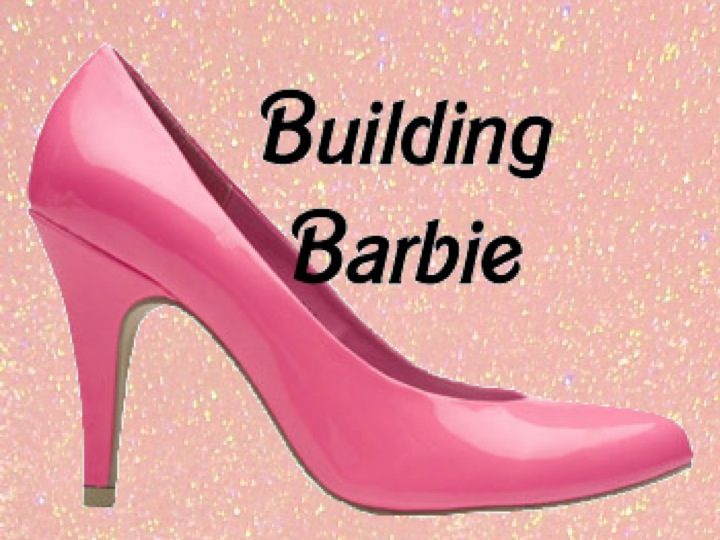

"It's no surprise that people play secret things with Barbie" to strip Barbie of the ensemble Mattel gave her and create her in their own fantasies" (Barbie Nation) Today the iconography of Barbie is resilient in the her truest form, with blond hair, blue eyes and the pink packaging she peers through. From National Barbie Conventions to collector distribution centers, the original image of Barbie is not soon to disappear. However, Barbie is quickly becoming a place of creative licensing on the part of her biggest fans and harshest critics alike. Apart from the vast array of Barbie dolls sold by Mattel, Barbie has taken on new forms of physicality at the hands of her consumers. "People learn who and what a Barbie doll is" based on their relationship to self-identity and Barbie's proposed identity and image and "they teach one another the ins and outs of her place in their culture" (Rogers 87).
To different people, the iconography of Barbie can mean many different things. Rebuilding Barbie within specific cultural contexts repositions her within and outside of typical Barbie discourse. Remaking Barbie through use of physical alteration, talented photo editing or fantasy character play allows her to reach people and places not prescribed by her makers. The film Barbie Nation uncovers the many ways of making Barbie into an icon, showing that there is "immense amount of creativity in the Barbie world� people that makeover the doll are subversive" (Barbie Nation). Remaking Barbie to be another person with a Barbie doll 's body, like the image of Sarah Palin, Lady Gaga or Amy Winehouse can create commentary on how the actual women imitate or reject an icon that represents a stereotypical performance of beauty.

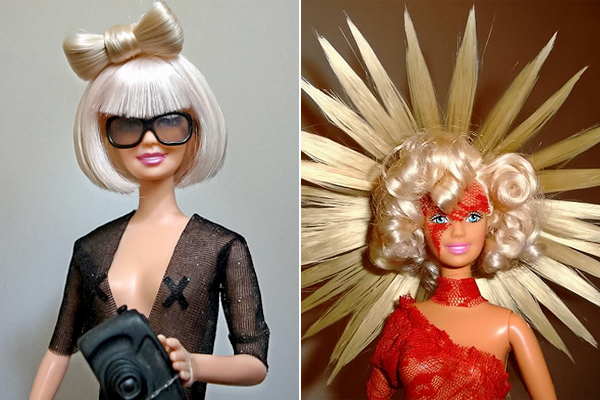

| These Barbie dolls that are being re-made and recreated can be referred to as a cyborg, a construction of a working mechanism that recreates the body it uses . Or, as Rogers argues, cyborg Barbies are seen "less as engineered bodies and more as communication networks, again pointing to the body as a sign-carrier now enhanced with mechanical add-ons" (Rogers 126) By readjusting the actual body of Barbie, the message Barbie sends is changed. Constant adaptation alters the way Barbie works within specific cultural contexts. The Zombie Barbies are constructed with a certain intent and ideology in mind. Perhaps in deconstructing the image of Barbie and changing her into a figure who brings fear and terror, Zombie Barbie communicates a message of hatred and a dangerous threat to the stereotypical ideal of Barbie beauty. By altering such an iconic figure, people are having conversations with Barbie and the heavy weighted ideology that follows her. |
 |
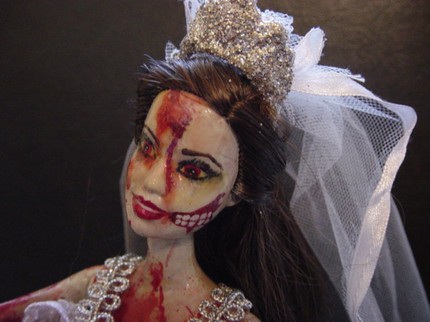
|
In discussing the popularization of the art of remaking Barbie, we may come to question the skinny, blonde girl image that is being destroyed; what happens to Barbie? Wolf argues that the "the harm of [mainstream images of Barbie] is not that they exist, but that they proliferate at the expense of most other images and stories of female heroines, role models, villain, eccentrics, buffoons, visionaries, sex goddess and pranksters" (Wolf 200). In this other world of artistic adventure and recreation, Barbie lives many lives in many different forms. She is created, recreated and reimagined to fit the ideology of girlhood, womanhood, adulthood or humanness that her adapters feel passionate about exploring in their own personalities. An inventive spirit is exactly what Ruth Handler had in mind when she created Barbie. Perhaps she did not intent on seeing a pregnant Barbie� but nonetheless Barbie remains a motivator of imagination and ingenuity.
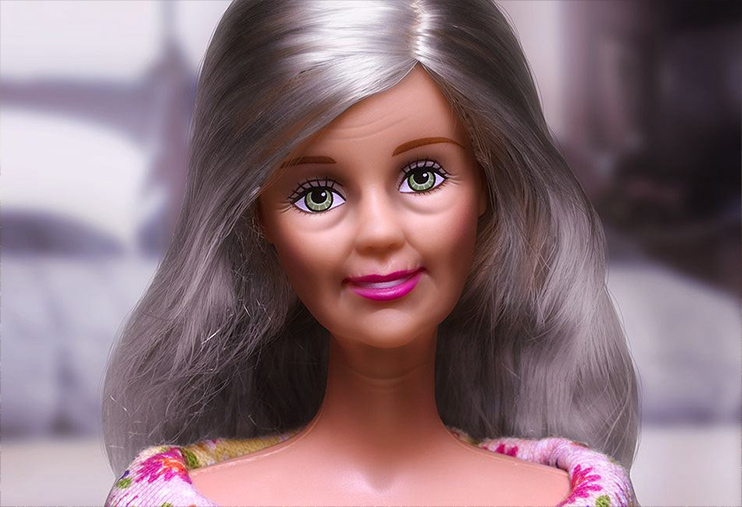 |
 |
 |
| |
 |
 |
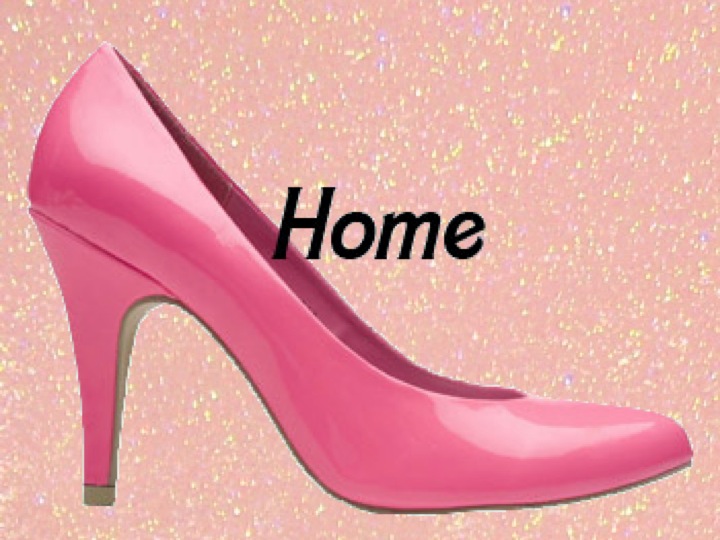
|
|
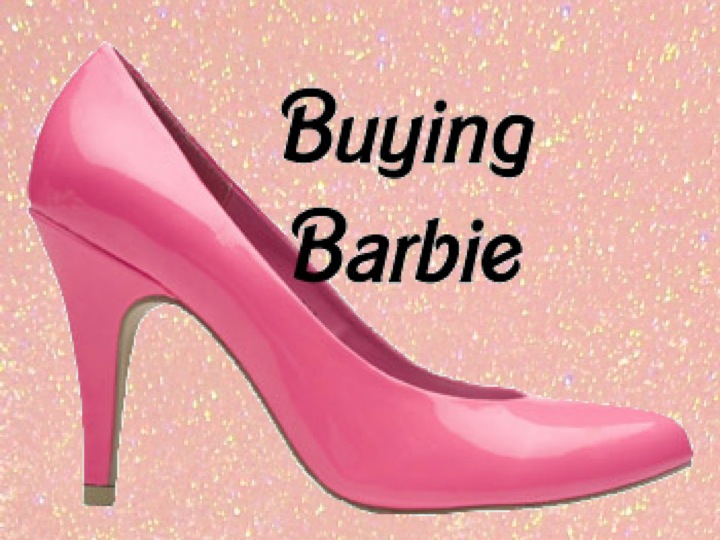
|
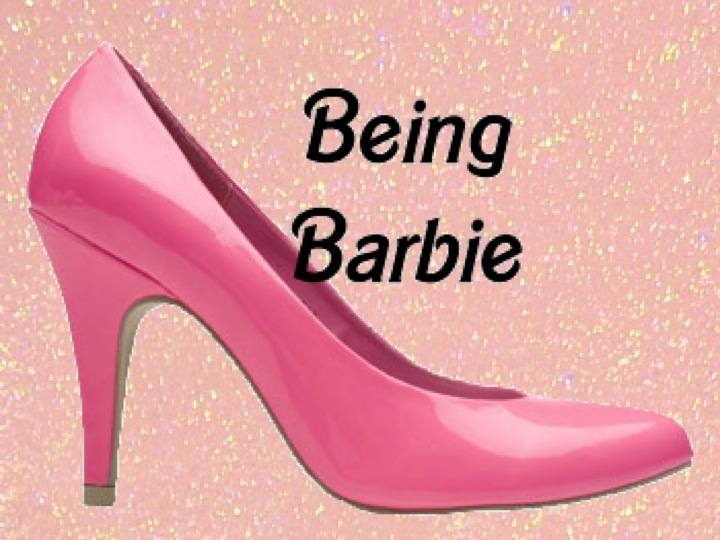
|
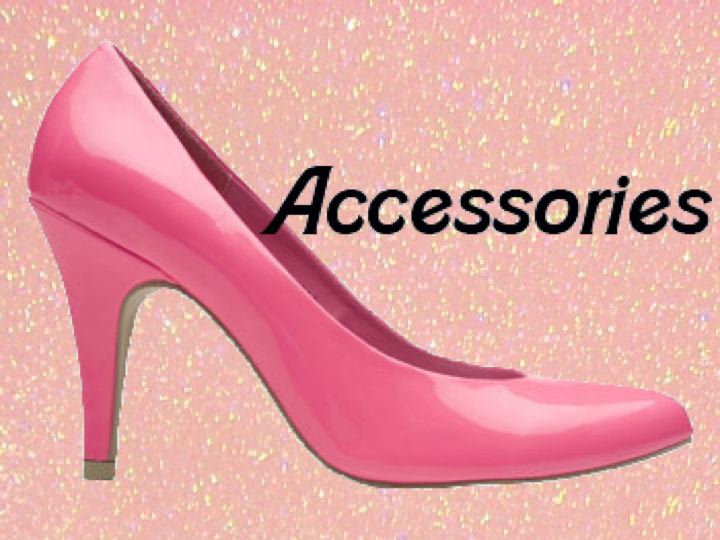
|
|